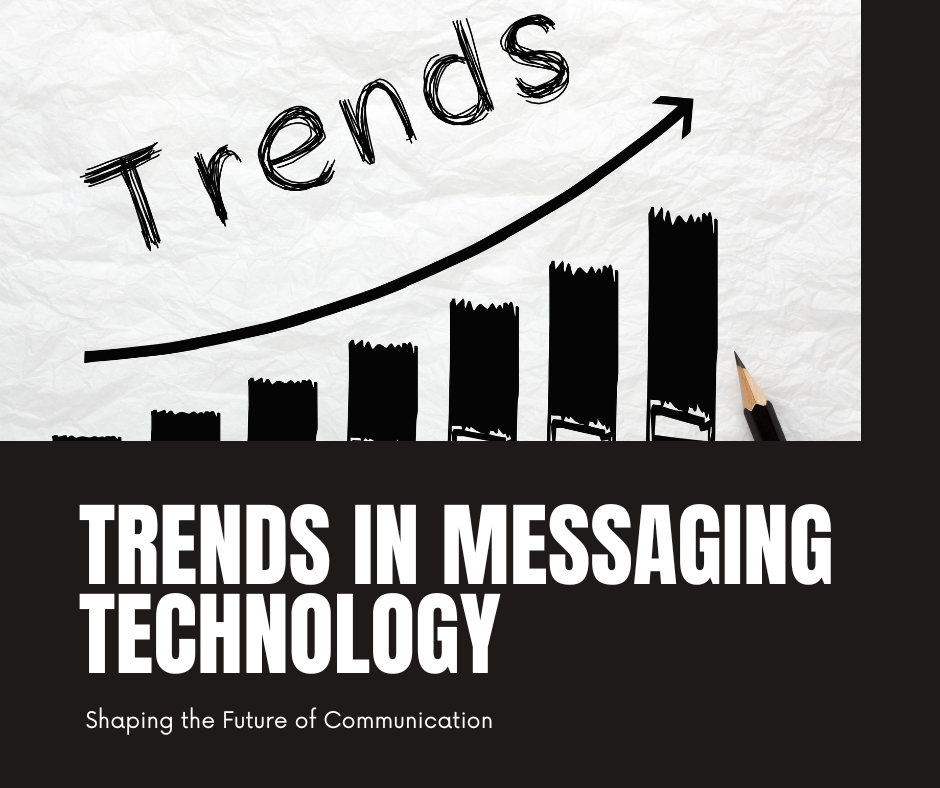
Trends in Messaging Technology: Shaping the Future of Communication
1. AI and Chatbots
Artificial Intelligence (AI) has changed how we use messaging apps. Chatbots, which are powered by AI, are now common in many industries. They provide quick customer service, help businesses run smoothly, and even suggest personalized content. With improvements in natural language processing, chatbots are becoming better at understanding and responding to complex questions.
2. End-to-End Encryption
Privacy and security are very important today. End-to-end encryption ensures that only the people sending and receiving messages can read them. Apps like WhatsApp and Signal use this technology to keep messages private, encouraging other companies to improve their security measures as well.
3. Integration with Other Platforms
Modern messaging apps are now connected with other platforms, providing a seamless experience. For example, businesses can connect messaging apps with customer management systems, online stores, and social media. This makes it easier to engage with customers and streamline work processes.
4. Multimedia Messaging
Messaging is no longer just about text. Today's apps support images, videos, voice notes, and even augmented reality (AR) experiences. This makes communication more dynamic and engaging. Apps like Snapchat and Instagram have led this trend with features like Stories and AR filters.
5. Business Messaging
Messaging technology is not just for personal use anymore. Businesses use messaging apps to connect with customers in real-time. Apps like WhatsApp Business and Facebook Messenger provide tools for customer support, marketing, and sales, especially helpful for small businesses.
6. Cross-Platform Messaging
People want to switch between devices and platforms without losing their conversation history. Services like Apple's iMessage and Facebook's Messenger are making this possible, allowing users to continue conversations seamlessly across different devices.
7. Voice and Video Messaging
Voice and video messaging are becoming more popular, adding a personal touch to communication. Apps like WhatsApp, Telegram, and Messenger now offer high-quality voice and video calling features, which is especially useful for remote work and global communication.
8. Customization and Personalization
Personalization is key in today's digital world. Messaging apps now offer more customization options, such as custom emojis, stickers, and personalized chat backgrounds. This allows users to express themselves and make their messaging apps unique.
9. Blockchain Technology
Blockchain technology is starting to be used in messaging apps, providing decentralized communication solutions. This means no single entity controls the data, enhancing security and privacy. Although still new, blockchain-based messaging has great potential for the future.
10. Augmented Reality (AR) and Virtual Reality (VR)
AR and VR are set to change the messaging experience. Imagine having virtual meetings in a digital conference room or sending interactive AR messages. Companies like Facebook (Meta) are investing in these technologies to create immersive communication experiences.
Conclusion
The trends in messaging technology show a future where communication is more secure, immersive, and connected. As AI advances and new technologies like blockchain and AR/VR become common, the way we interact through messaging apps will continue to change. Staying updated with these trends is important for both businesses and individuals to make the most of modern communication tools.

